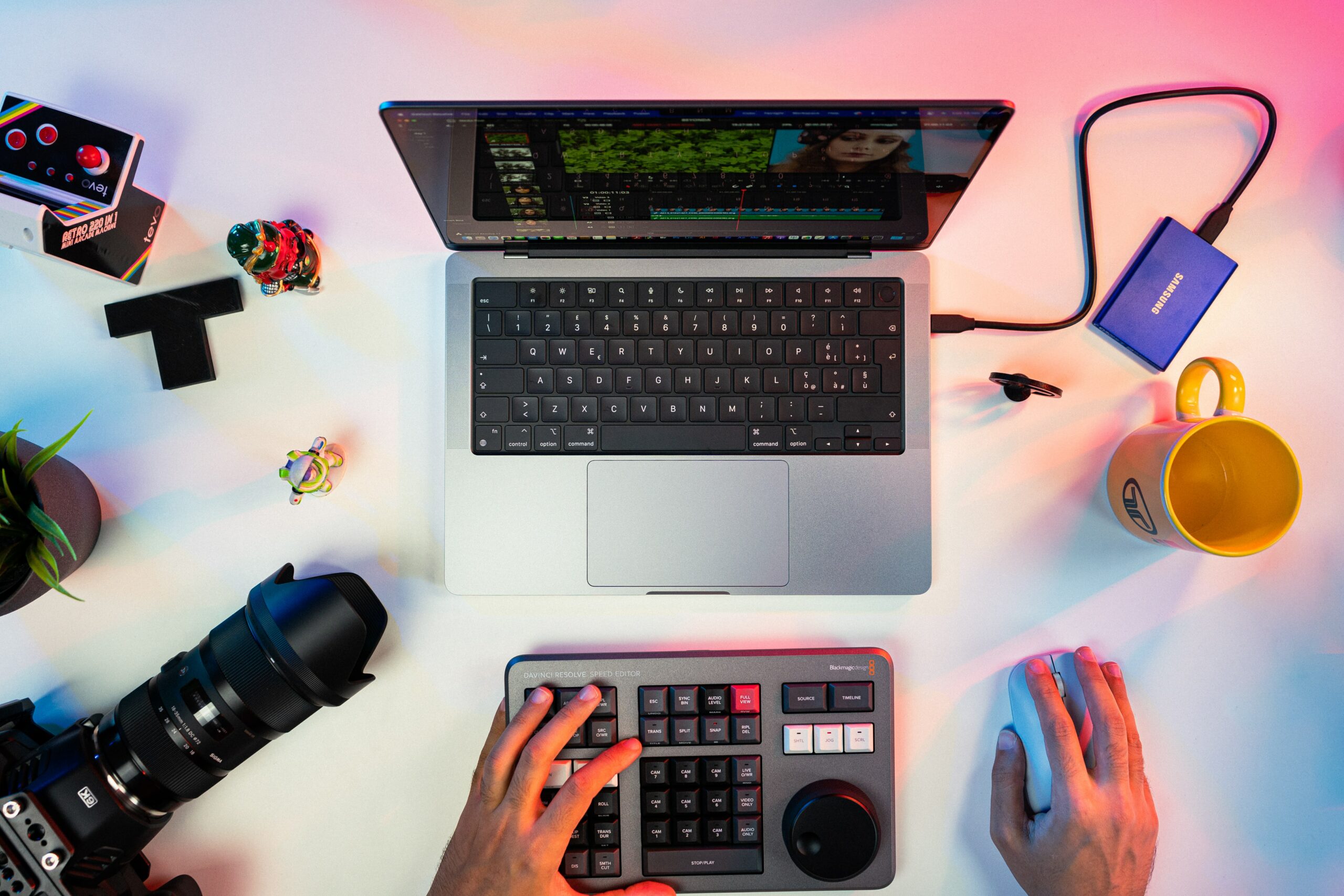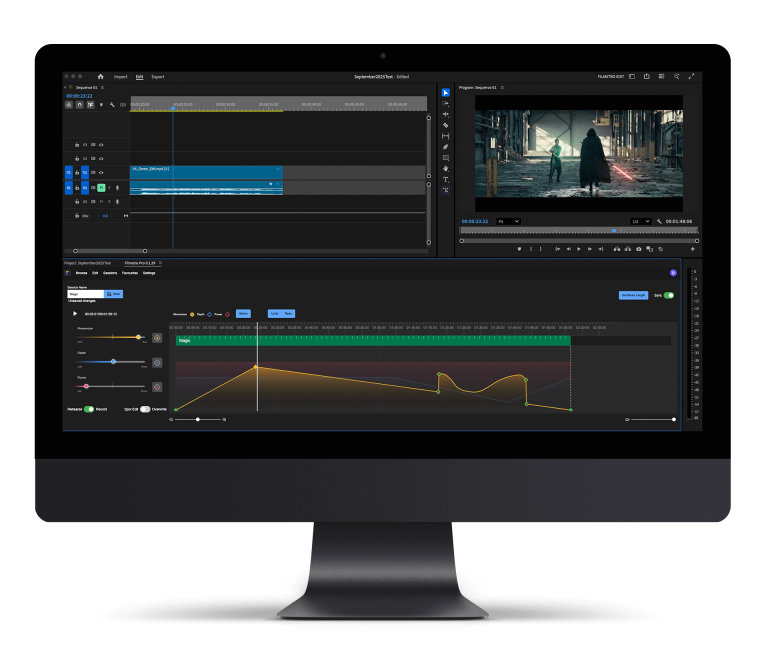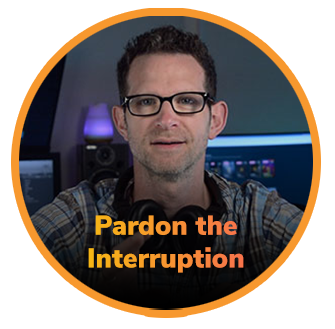We’ve all seen movies with huge explosions in them but have you ever wondered how those explosions are done? No, they’re not all CGI. Special effects are still very much used across the industry and for good reasons too – nothing beats having a real explosion caught on camera. We wanted to know more about the art of special effects and explosions so we decided to hit up our friends up in London, Artem.
Tell us a little bit about what you guys at Artem do?
Artem has over 30 years’ experience producing physical special effects, props and sets for film, TV and commercials. We also work theatre, visitor attractions and exhibitions.
Toby Stewart has recently been appointed Managing Director of Artem. He joined the company in 2006 as a physical and pyrotechnic technician and has worked on and supervised dozens of commercials, films and TV shows, notably Bodyguard (BBC 1) which won the TV BAFTA Must-See Moment 2019 for the explosion he masterminded. Toby is a fireworks and event pyrotechnics specialist who previously worked as an explosive safety scientist for several years.
What kind of projects have you worked on?
We’ve worked on quite a few films including Paddington 2, T2 Trainspotting, Macbeth and The Foreigner. TV series include Bodyguard, and Call the Midwife; we’ve recently recreated custom prop motorbikes and wind machines for Take That’s Greatest Hits Live Tour 2019. We’ve also designed and created a range of magical props for Harry Potter and the Cursed Child theatre productions around the world.
What goes into making an explosion for film or television?
• Planning: – The brief needs to be clarified as early in the process as possible, so that relevant testing can take place. It’s crucial to have clear communication between all the departments involved right from the start.
• Testing: – The level of testing required depends on the scale of the effect, and the proximity of the effect to cast, crew and sets or buildings. We test effects extensively before the day of the shoot, so that we can set safe distances for cast, crew and cameras. Tests also enable us to demonstrate the effect to the director prior to the shoot, so that we can modify it, if necessary.
• Materials: – All of the materials ejected by an explosion need to be soft and lightweight so that they will not injure cast/crew or damage the location. Where possible, materials should be biodegradable to minimise the impact on the environment.
What kind of safety measures are required when creating an explosion?
Everyone on the crew needs to be aware of what is going to happen. The crew needs to be briefed by the 1st Assistant Director/SFX supervisor before the effect takes place. Safe distances for the cameras, crew and actors, which will have been established through testing, need to be rigorously enforced. While the effect is being prepared, an exclusion zone is established. When we are designing and planning an effect, we try to use the minimum quantity of explosives and pyrotechnics required. While the effect needs to be visually impressive, the less explosive material used to achieve the effect, the better. We also try to keep the noise generated by the explosion as low as possible to minimise impact on cast and crew. In the movie, The Foreigner, starring Jackie Chan and Pierce Brosnan, you guys made a bus explode.
Can you tell us more about how a scene like that gets planned, set up, shot and edited?
We were fortunate with The Foreigner in that we had a relatively long testing period to develop the effect. The director, Martin Campbell, was very specific in his requirements for the scale of the explosion, and how he wanted the bus to explode. There was extensive planning and testing: we fired in excess of 50 tests leading up to a full-scale test at our west London workshop. For every test we recorded videos from a variety of angles at a variety of framerates, up to 2000 frames per second. We also recorded peak sound pressure level and any blast overpressure generated by the effect, so that we could let the relevant authorities know how loud the effect would be and demonstrate that it would not cause damage to buildings or structures.
We used three busses in total for that scene: one for the driving shots, one which we blew one up for our full-scale test and one for the final effect. We also used sections from numerous buses, including roof sections and window sections, which we used for testing. Because the bus needed to be in motion, with a driver, when it exploded, 10 stunt performers and 2 SFX technicians were onboard; we therefore had to make substantial modifications to the two exploding vehicles.
The entire top deck was reinforced with a robust steel framework. We cut off the entire roof, and then reattached it to a series of collapsing columns. When we fired the effect, it tore away forwards over the front of the bus. Both buses we blew up were real buses, which we heavily modified so we could blow them apart safely. We also had to reroute electrical systems, fire suppressions systems etc. so that they were not damaged by the explosion. Both of these buses which were fully drive-able after the effect was fired, although they probably wouldn’t pass an MOT.
What’s been the most challenging explosion you guys have had to do for a shoot? What were the challenges and how did you overcome them?
Probably the bus explosion for The Foreigner. It had to work perfectly first time; there was no second chance. The roof had to peel off in a very specific way, in order to realise the director’s vision, and to ensure that it didn’t fall onto any of the stunt performers on the bridge. A series of steel cables were used to attach sections of the bus together which had been pre-weakened to ensure that they would not travel too far and would behave in the way that we wanted them to. The debris fired as part of the explosion was lightweight, so it wouldn’t injure anyone on the bridge as it fell.
There were a number of stunt performers on the bus who had to be kept safe, along with multiple people in vehicles, on motorbikes, pushbikes and on foot who were all in proximity to the bus when it exploded. Timing was critical, to ensure that the bus exploded at the right point on the bridge for the various camera angles to work, but also to ensure the stunt performers alongside the bus were safe. Multiple rehearsals took place, so that everybody was familiar with the action, and a series of ‘spotters’ were used to monitor the position of people relative to the bus and determine when it was safe to fire the effect.
On the day of filming, there were several camera positions on the bridge and surrounding buildings, multiple cameras onboard the bus and a helicopter camera unit to ensure that all the shots that were needed were filmed. Once the explosion took place and a short aftermath sequence was filmed, we only had 15 minutes to remove the debris from the bridge, before the road was reopened to traffic. We achieved this with the help of the excellent locations’ department.
A lot of short filmmakers (makers of short films, not filmmakers that are short) that are on shoestring budgets tend to add their explosions in post-production using stock VFX; what can they do on-set and record in camera to make the VFX explosion look more realistic?
Cheap VFX explosions often suffer because there is no interaction between the VFX explosion, the cast or the environment in terms of debris, dust or lighting. For low budget productions, the aftermath of an explosion can be more effective than the explosion itself, cast being pelted with soft debris/dust as the result of a VFX explosion can be effective and low cost.
Is it possible for a low-to-no budget filmmaker to create a real explosion on the cheap? Is it safe to do so?
No, absolutely not. It is not worth compromising the safety of cast and crew to achieve an effect on the cheap. Real practical explosions are not something to attempt without an experienced, professional crew.
If filmmakers want to find out more about Artem do or get in touch, how can they do that?
There is a lot of information on our website – www.artem.com including case studies of our work in film, television and live events. We have workshops in London, Glasgow and are about to open one in Manchester, so if you are planning something, would like to discuss a project or just need to rent SFX equipment for your own shoot – please get in touch. All our contact information is on the website.
You can also follow us on:
Twitter – @artem_sfx
Facebook – @artemsfx
Instagram – @artem_sfx
to find out what we’ve been up to.









